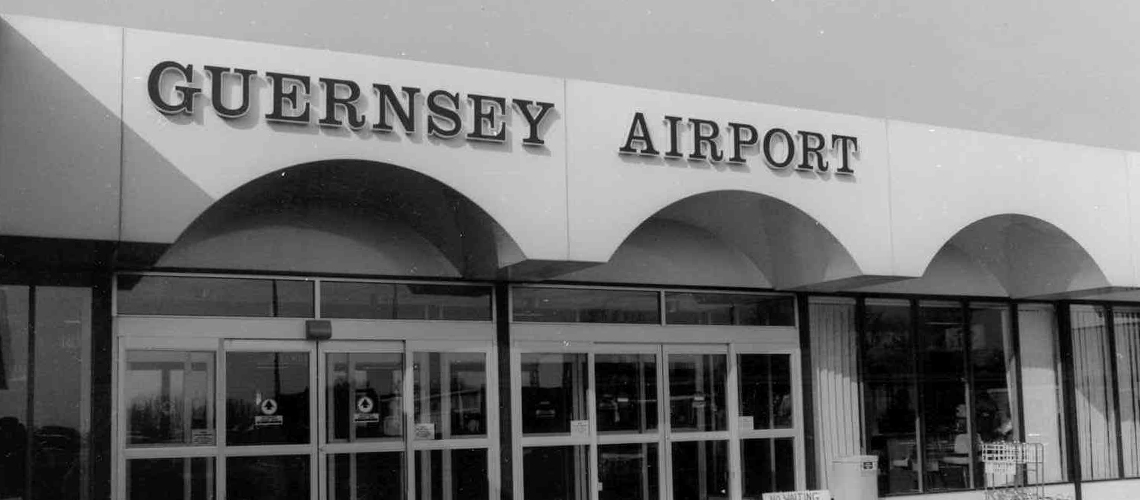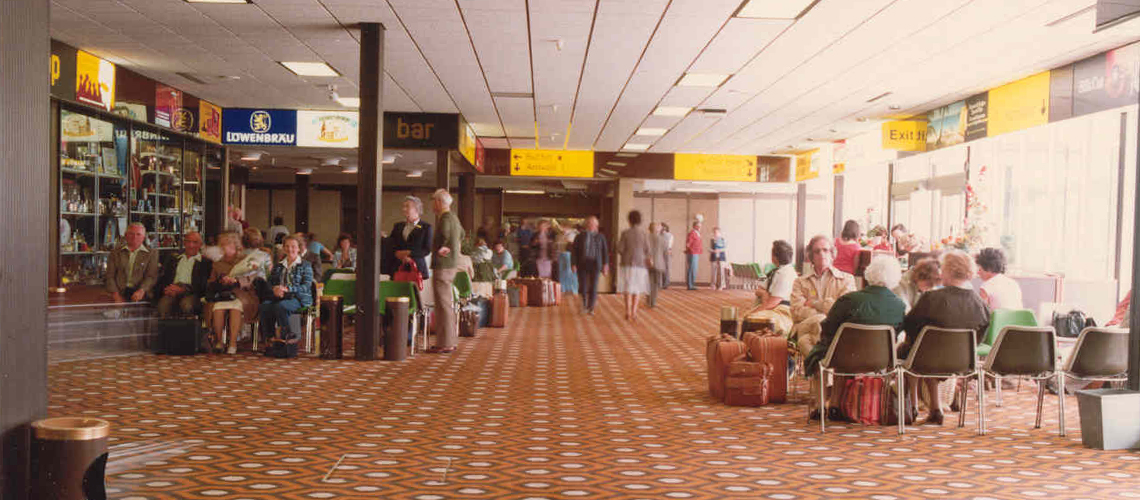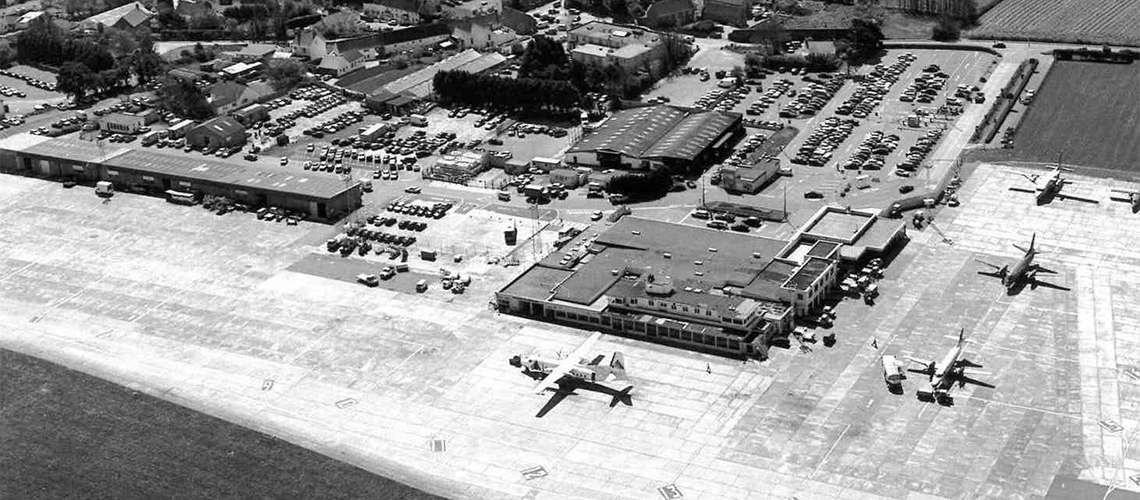
In the beginning
Guernsey entered the world of aviation in World War 1 when the French established an anti-submarine seaplane base near Castle Cornet.
Civil Aviation dated from 4 October 1919 when an Avro 536 prototype seaplane settled on the waves off St Peter Port to discharge one passenger, a Lt Fulford who had hitched a lift from Jersey, the aircraft’s first port of call from Southampton. In 1923 a regular scheduled passenger service was started using a Supermarine Sea Eagle flying boat.
The first land-based airfield was the flood-prone L’Eree Aerodrome, with a runway of 450 yards. A temporary licence for commercial flights to Bournemouth was granted in 1935 to Cobham Air Routes operating tri-engined Westland Wessex monoplanes. The service ended abruptly with a fatal crash off the English Coast and the airfield fell into disuse. Approval for the new Guernsey Airport at La Villiaze, Forest was granted by the States by the narrowest of margins 26 votes to 25, and the current site was officially opened on 5 May 1939, by the Air Minister Sir Kingsley Wood.
The Airport cost £100,500 to construct and had four grass runways, the longest was 1,000 yards. It offered night landing facilities, direction finding equipment and a concrete fog-line. The £14,000 state of the art two storey terminal building housed the met office and air traffic control, as well as passenger handling facilities and earned the airport a reputation as one of the finest in the world.
The day after it opened, Guernsey Airways and Jersey Airways (later Channel Island Airways) began operating passenger flights to Heston (London) and Southampton and weekend trips to Shoreham. These services carried 5,000 passengers before being reduced at the outbreak of war.




